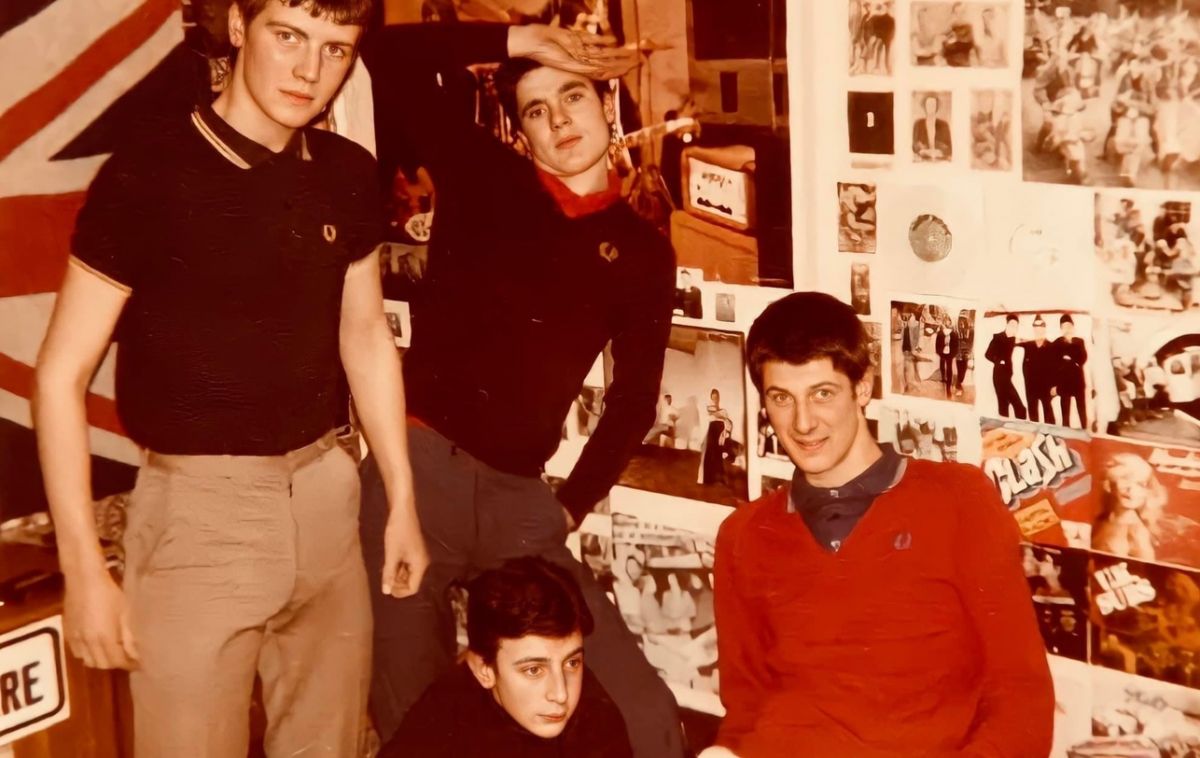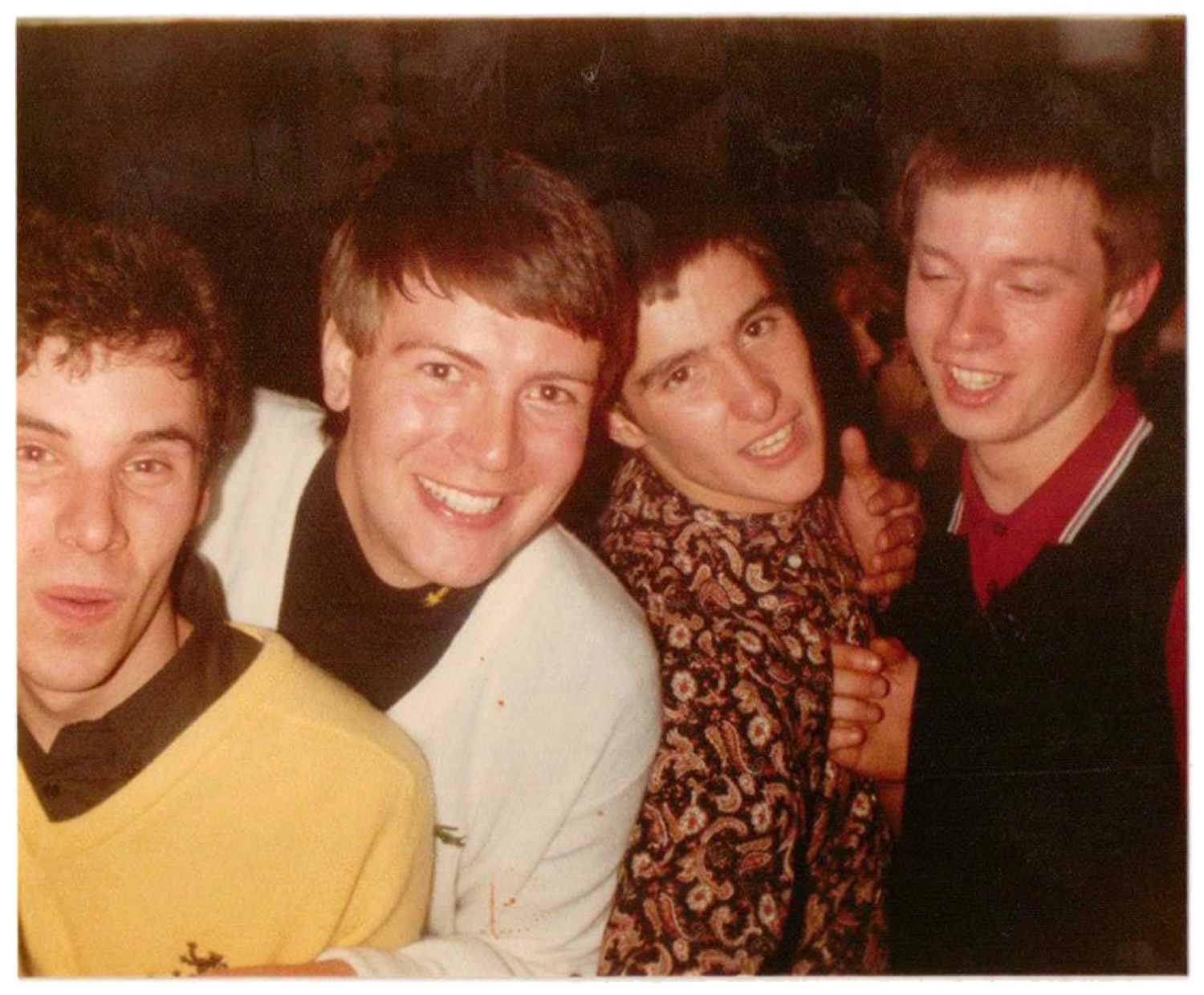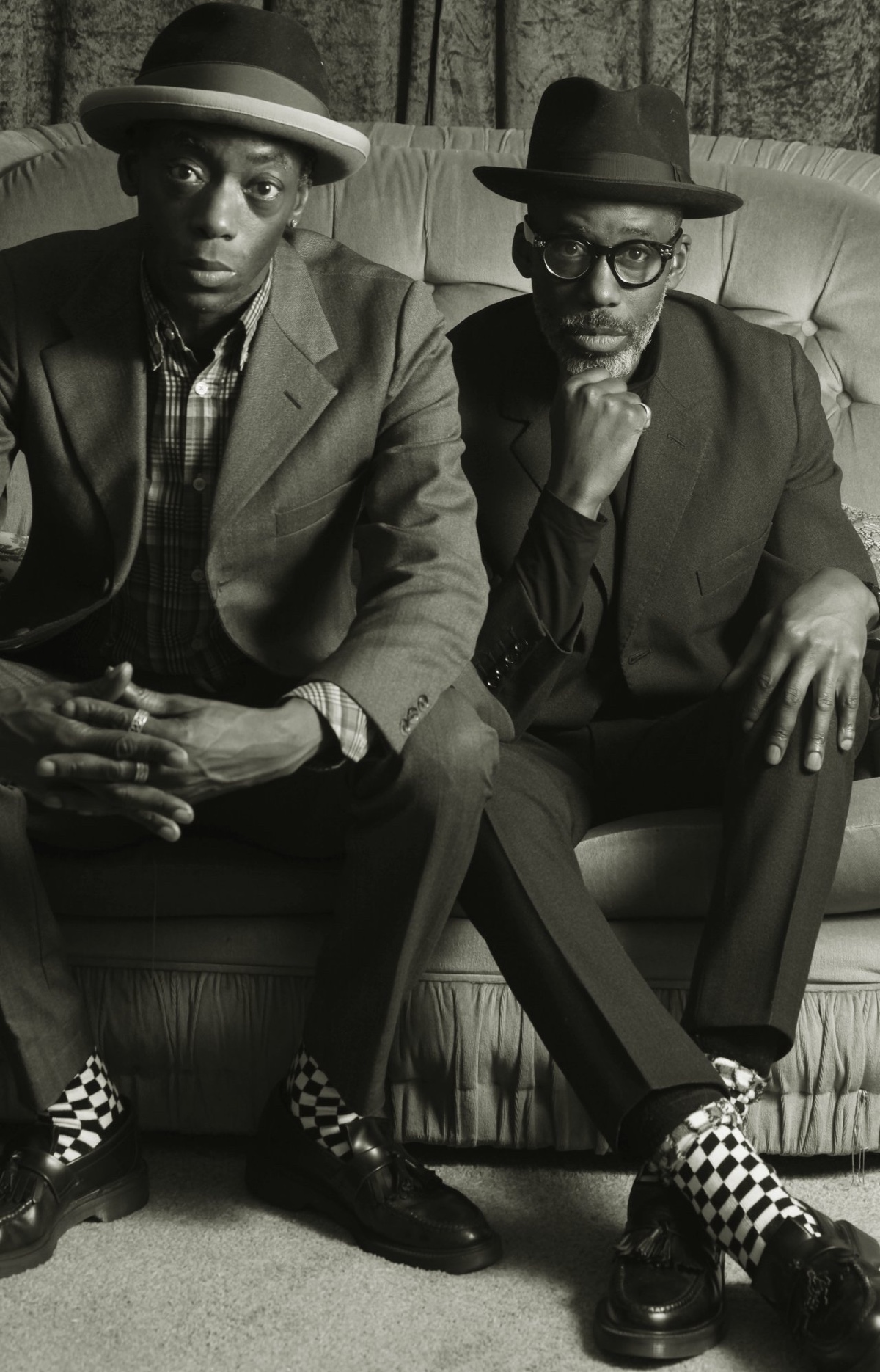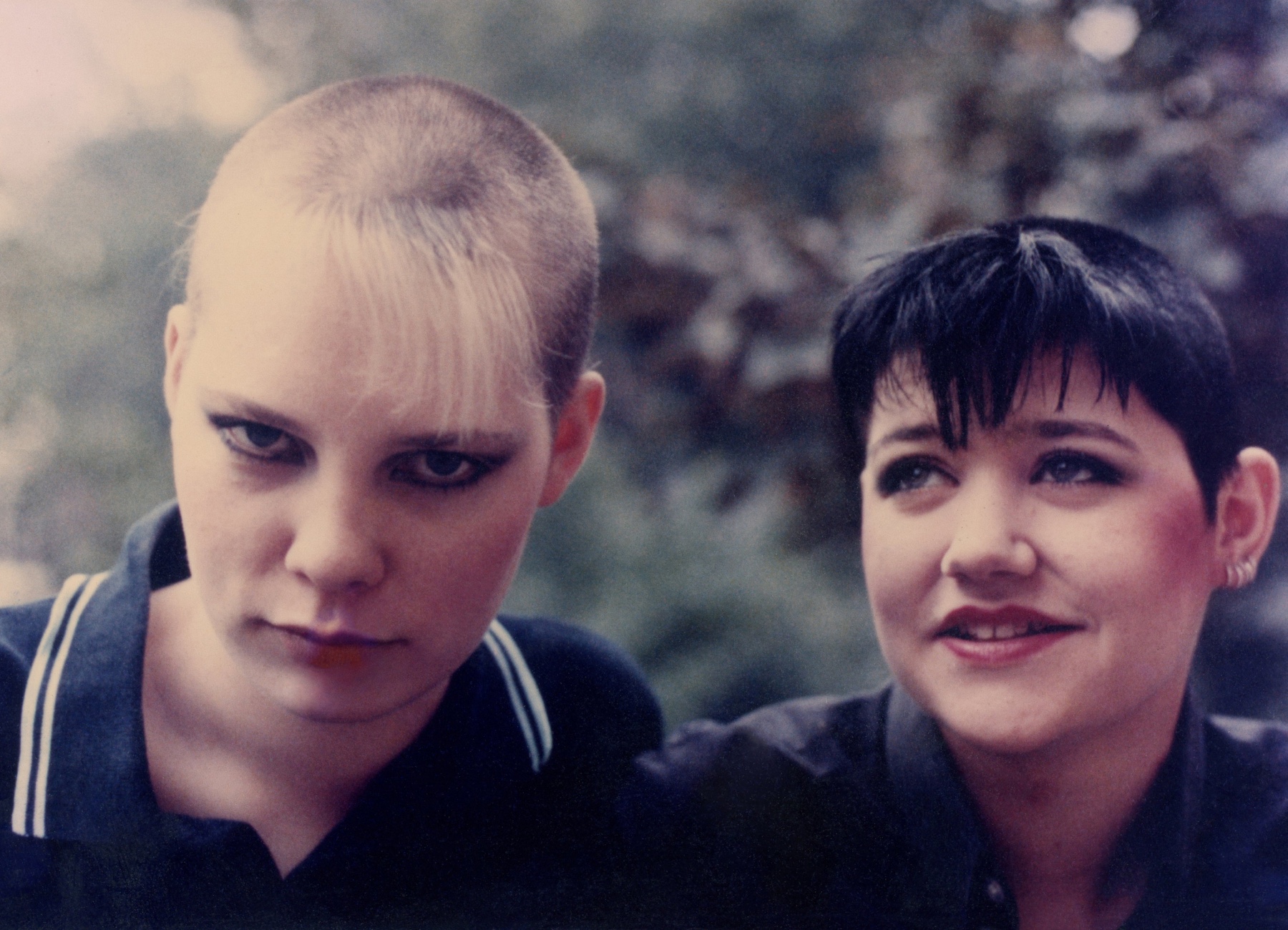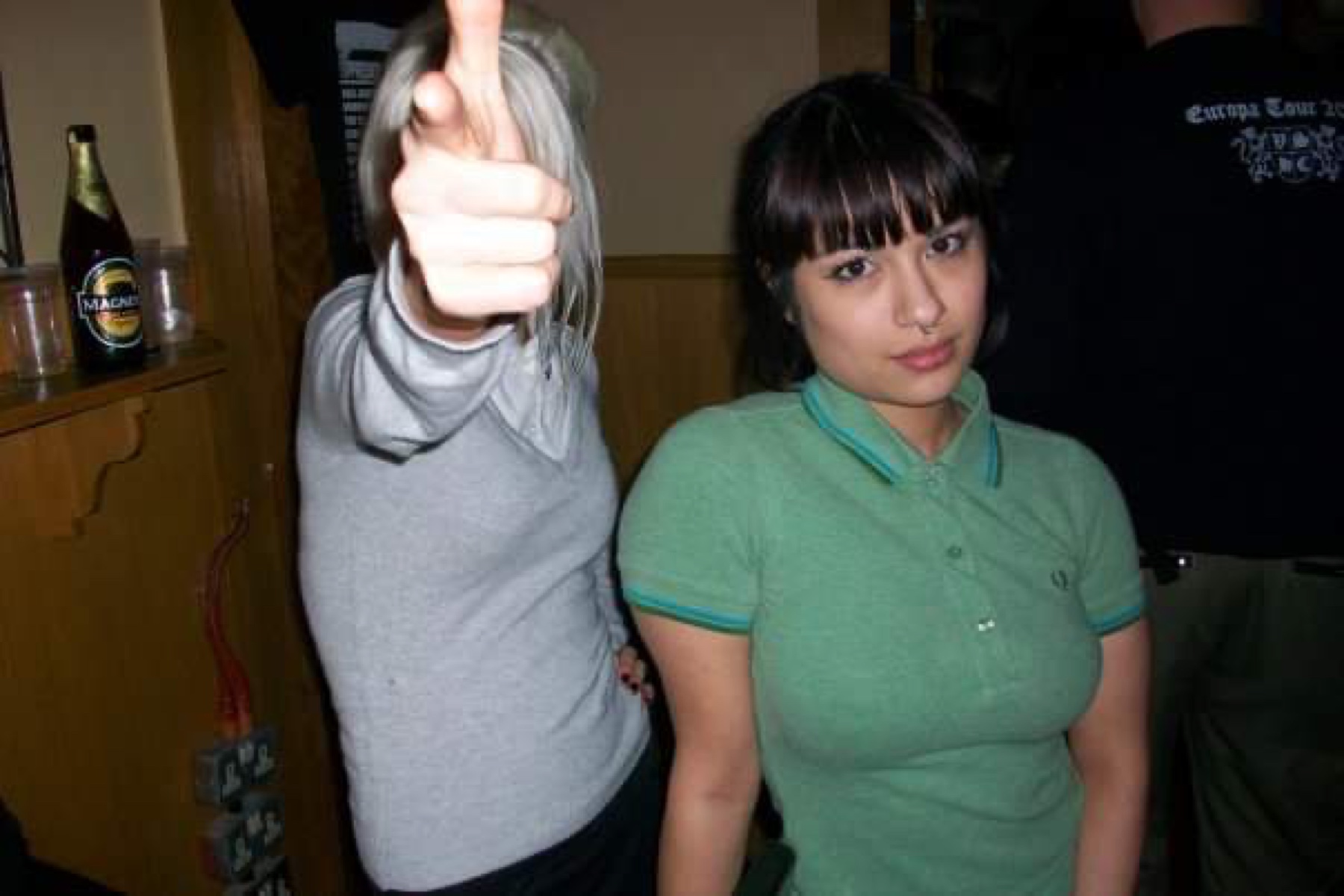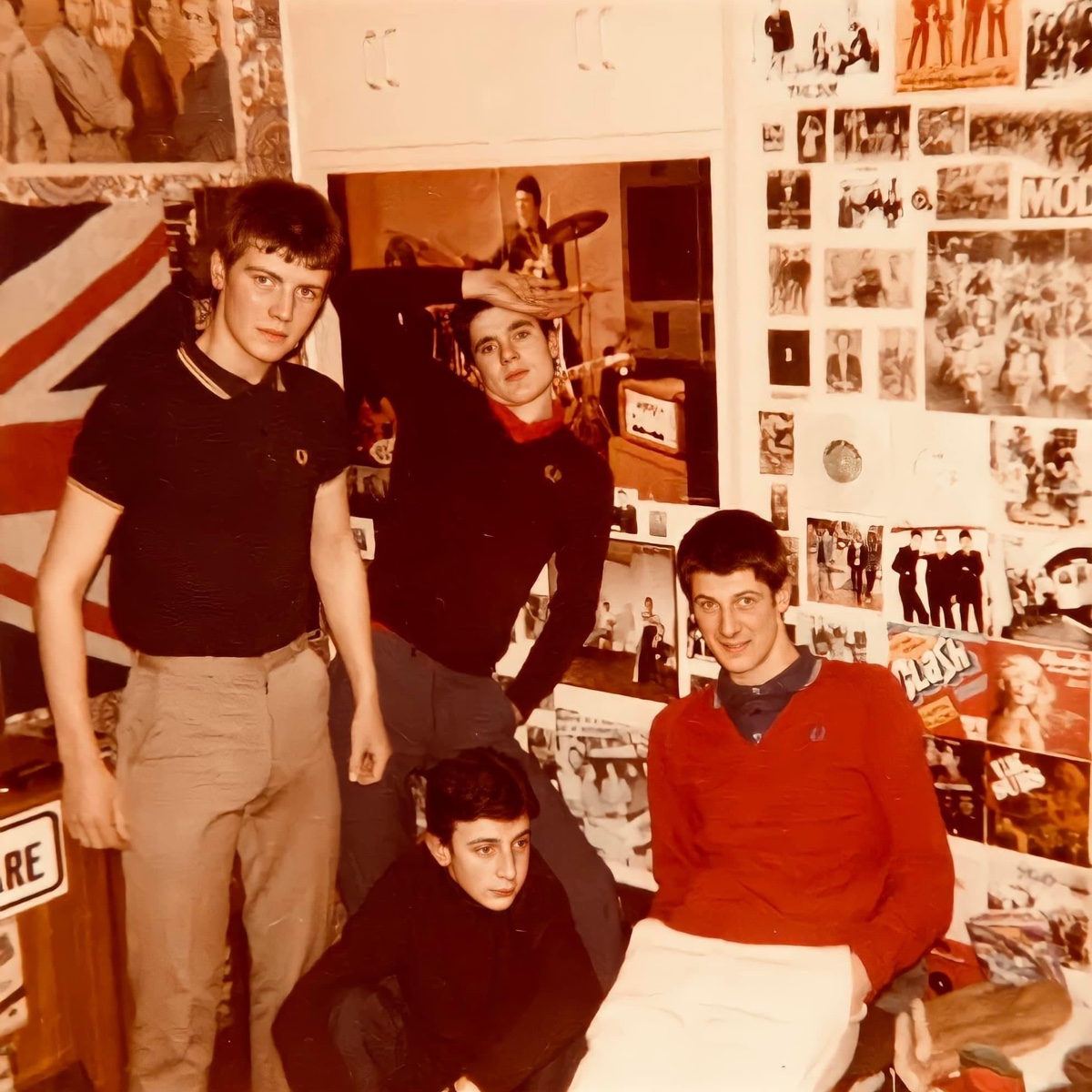The first Fred Perry Shirt was worn in 1952 – an all-white shirt with a Laurel Wreath on the left side. A simple shirt with a lot of meaning. In a matter of years, the shirt had become a uniform for British youth and a highly treasured piece of clothing. “A heritage British style. Smart, but functional. If someone is wearing one you know they've spent a bit of money on themselves.” (Peyvand Sadeghian).
For many, getting their first shirt was a moment to remember. Some had to wait and save weekend after weekend of pocket money for a shirt that would become a closet staple, “It wasn't until I was about 21 I think. I got bought one for my birthday and we made a thing of it by going to the Covent Garden shop to pick one out. To be honest it was the first and only one I had for a long time!” (Peyvand Sadeghian).
The pilgrimage to a central London shop or market with the freshest stock is as memorable for many as trying on the shirt for the first time. “I bought my first Fred Perry polo shirt in 1978, from a sports clothing store in Oxford street. At the time relatively exclusive and difficult to obtain, and a treasured item of clothing.” (Ed Silvester).
